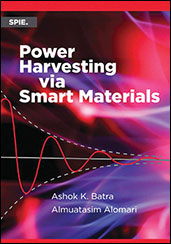Technical Paper
Wear Behavior of Hard Ceramic Coatings by Aluminum Oxide– Aluminum Titanate on Magnesium Alloy
2024-02-23
2023-01-5109
Magnesium and its alloys are promising engineering materials with broad potential applications in the automotive, aerospace, and biomedical fields. These materials are prized for their lightweight properties, impressive specific strength, and biocompatibility. However, their practical use is often hindered by their low wear and corrosion resistance. Despite their excellent mechanical properties, the high strength-to-weight ratio of magnesium alloys necessitates surface protection for many applications. In this particular study, we employed the plasma spraying technique to enhance the low corrosion resistance of the AZ91D magnesium alloy. We conducted a wear analysis on nine coated samples, each with a thickness of 6mm, to assess their tribological performance. To evaluate the surface morphology and microstructure of the dual-phase treated samples, we employed scanning electron microscopy (SEM) and X-ray diffraction (XRD).

